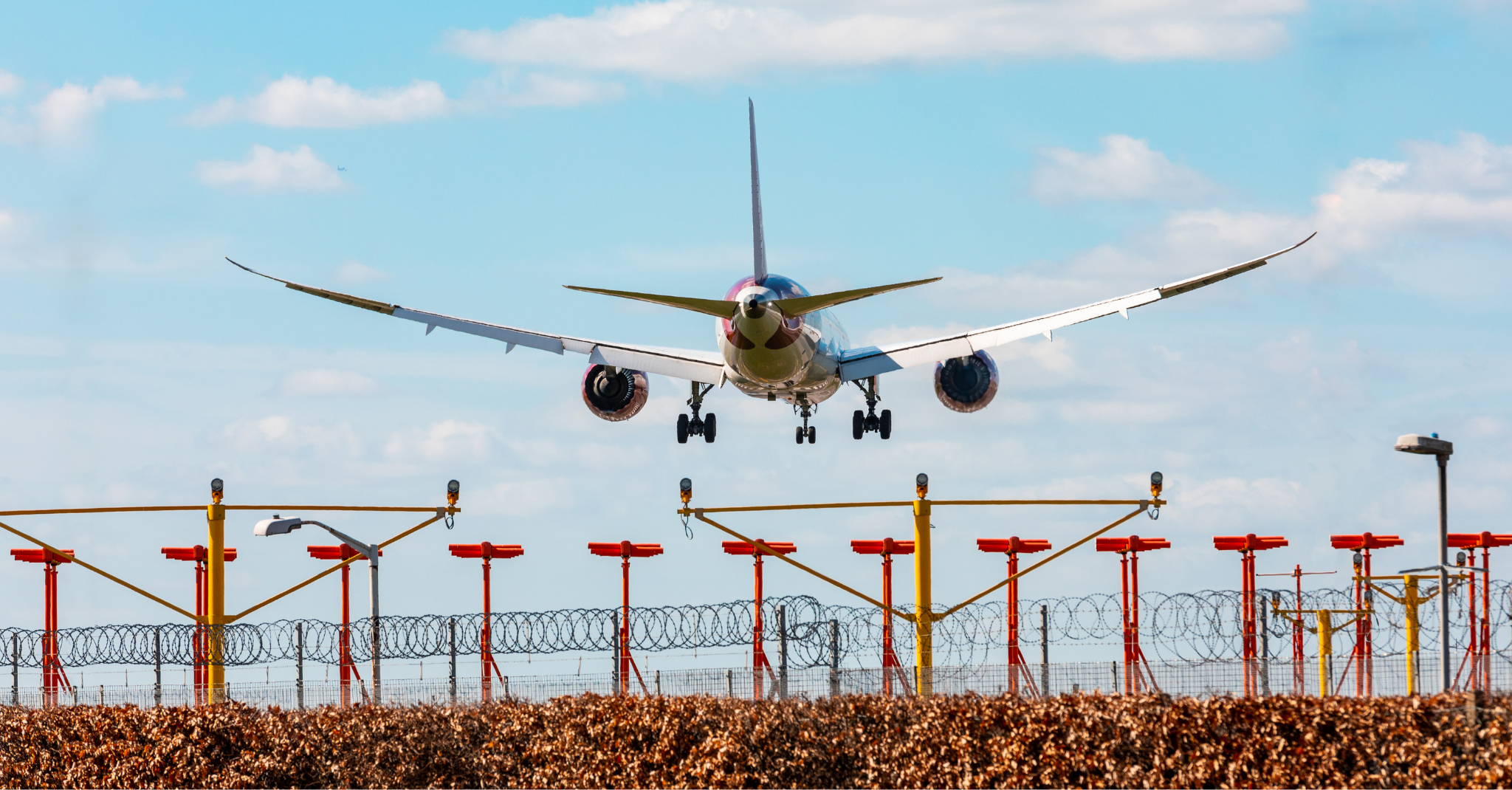The TADA project is developing an innovative Digital Assistant to support air traffic controllers (ATCOs) in managing busy airport arrivals. As air traffic rebounds post-COVID-19, TMAs face growing congestion, pushing ATCO workload to new heights. While existing Arrival Managers (AMAN) help sequence traffic, they don’t always suggest the most efficient paths — and controllers may lack the capacity to optimise trajectories on the fly. Enter TADA: by learning from past ATCO decisions, this human-centric assistant will propose smarter, more efficient sequencing, easing ATCO workload.
In recent years, Europe’s major airports have faced growing challenges. As air traffic rebounds and even surpasses pre-pandemic levels, Terminal Manoeuvring Areas (TMAs) — the airspace close to airports where arriving and departing aircraft are carefully sequenced — are becoming increasingly congested.
Air traffic controllers (ATCOs) play a crucial role in maintaining safety and efficiency in these busy skies. But with rising numbers of flights, their workload intensifies. Ensuring that each aircraft is guided along an optimal path, respecting arrival sequences and timings while also seeking more efficient routes, is a complex task that demands razor-sharp attention.
This is precisely where the TADA project steps in. By developing a novel Digital Assistant trained on historical ATCO decision data, TADA aims to support controllers with decision-making and action selection for flight trajectories — all delivered through a user-friendly, human-centric system.
Growing Workloads and the Limits of Current Tools
The air transport sector is steadily recovering from the impacts of COVID-19. Passenger demand is soaring, and with it, the volume of flights managed by Europe’s ATM (Air Traffic Management) systems. This places additional pressure on ATCOs, who must safely accommodate growing traffic, while minimising delays and maintaining high operational performance.
To assist them, many airports already rely on AMAN (Arrival Manager) systems. These advanced tools:
- Calculate arrival sequences and times, taking into account aircraft types, preferred flight profiles, performance and weight categories, airspace constraints, runway availability, inbound flow rates, and meteorological conditions.
- Present planned inbound traffic flows directly at controller working positions, along with advisories to help ATCOs meet the planned sequences and arrival times.
However, there are inherent limitations. AMAN may suggest trajectories that, while operationally safe, could be improved to achieve faster, more efficient sequencing. It ultimately falls on ATCOs to decide whether and how to adjust these trajectories. Crucially, such decision demands rapid analysis and high mental bandwidth.
In the intense environment of a busy hub, where controllers’ cognitive load and span of attention are already stretched to their limits, opportunities to fine-tune the sequencing for greater efficiency might be missed simply because there isn’t enough capacity to evaluate all possible adjustments in real time.
The TADA Digital Assistant
The TADA project (Trajectory Based Operations Digital Assistant), funded by the SESAR 3 Joint Undertaking under the Horizon Europe programme, seeks to address this very challenge.
What makes TADA unique?
It leverages machine learning techniques trained on historical data from ATCO decisions, effectively learning how experienced controllers have adjusted trajectories in similar situations in the past.
Then, it uses this knowledge to propose actionable, context-aware suggestions to ATCOs for improving arrival sequencing and spacing — beyond what traditional AMAN advisories might offer.
The TADA Digital Assistant is designed to be human-centric, seamlessly integrating into existing workflows. It does not replace human expertise, but complements it, helping controllers make faster, more informed decisions.
The system is being developed with continuous input from end users. Through regular meetings and workshops with ATCOs and ATM stakeholders, TADA ensures that the Digital Assistant aligns with operational realities and truly meets the needs of those who will use it.
By combining powerful data-driven predictions with intuitive, explainable recommendations, TADA can help unlock more efficient traffic flows in Europe’s most congested TMAs. This means reducing unnecessary delays, enhancing predictability, and ultimately contributing to more sustainable air traffic operations.
Looking Ahead on ATM and Digitalisation
Over the coming months, the Team will be refining our algorithms, engaging closely with ATCOs, and preparing to validate the solution in realistic operational contexts.
Follow our progress on our website and through our LinkedIn channel. Stay tuned for updates, insights from our partners, and more behind-the-scenes looks at how we’re building digital assistants for European aviation!



Leave A Comment